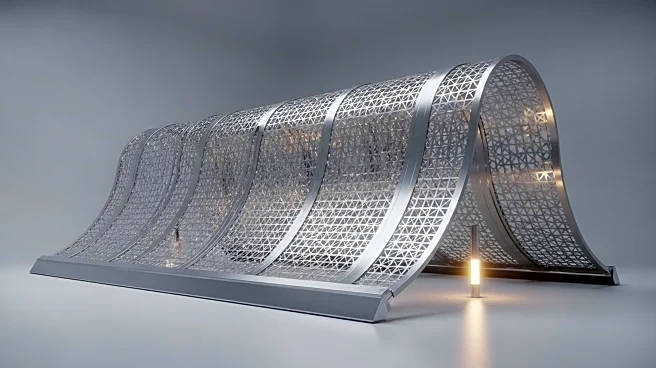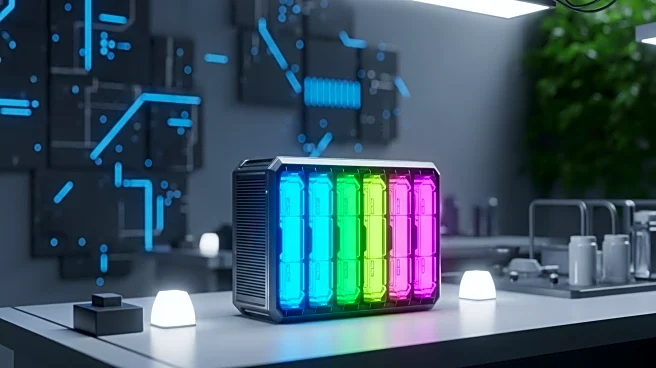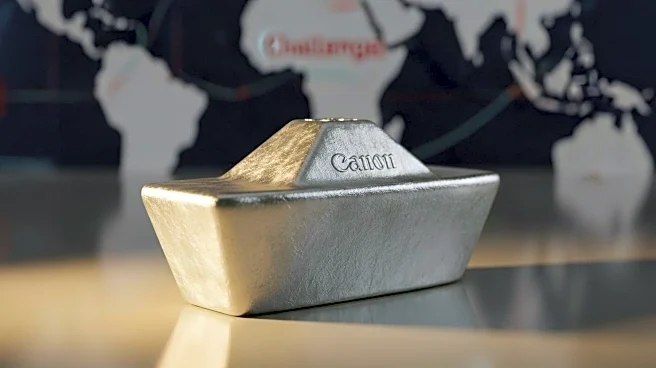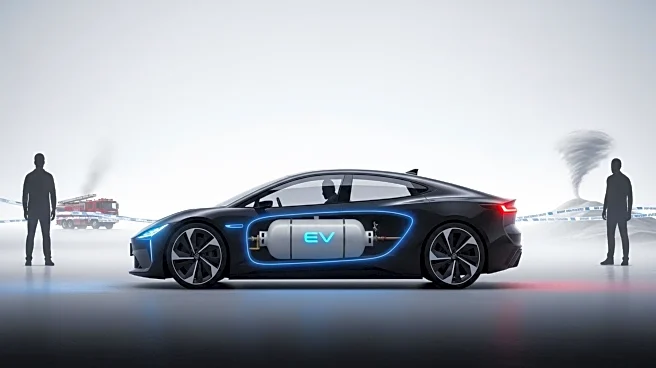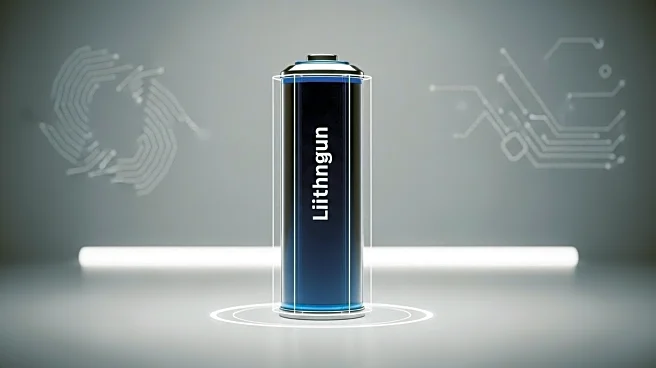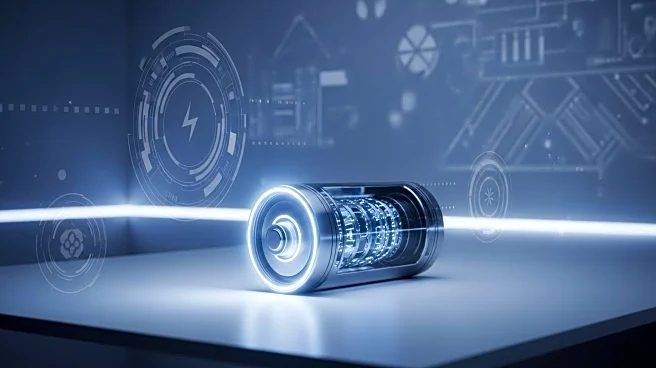What is the story about?
What's Happening?
A new study published in Nature Communications has introduced a lithium-selective thin film nanocomposite cation exchange membrane (TFN-CEM) designed for efficient lithium extraction from brine sources. This technology aims to improve the efficiency and selectivity of lithium recovery, addressing the increasing global demand for lithium used in energy storage and electric vehicles. The TFN-CEM offers a scalable solution, representing a significant advancement in membrane technology and a promising approach for sustainable lithium production.
Why It's Important?
The introduction of TFN-CEM is significant for the lithium mining industry, as it provides a more sustainable and less resource-intensive method of lithium extraction. Traditional methods are resource-heavy and environmentally damaging, whereas TFN-CEM offers a more efficient and eco-friendly alternative. This advancement is crucial as the demand for lithium continues to rise, driven by the growth of electric vehicles and renewable energy storage systems. The technology's ability to improve lithium recovery rates and product purity while minimizing environmental impacts aligns with global sustainability goals.
Beyond the Headlines
The development of TFN-CEM highlights the potential of membrane technologies to transform lithium extraction processes. By reducing water use and chemical inputs, this technology supports greener mining practices. The scalable nature of TFN-CEM means it can be integrated into existing operations, enhancing resource recovery efficiency even in brines with high concentrations of competing ions. This innovation not only supports economic viability but also aligns with environmental regulations, representing a significant step toward more sustainable lithium extraction.
AI Generated Content
Do you find this article useful?
